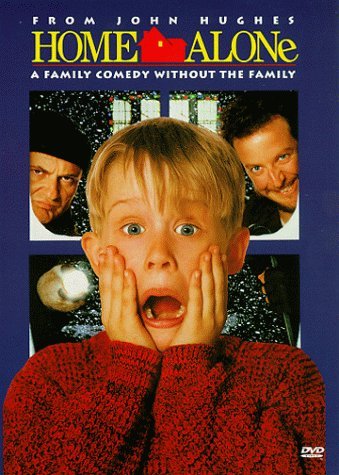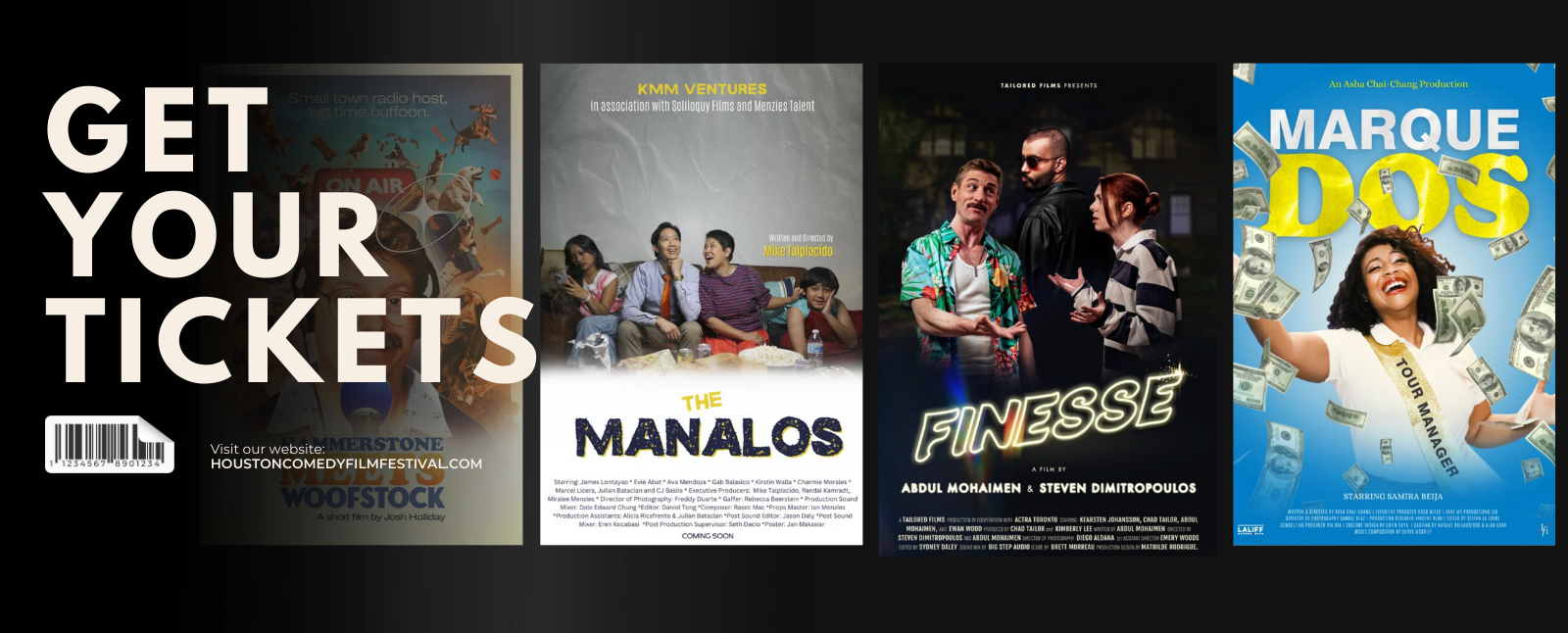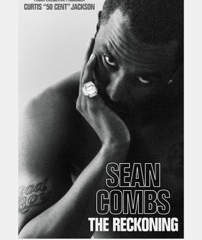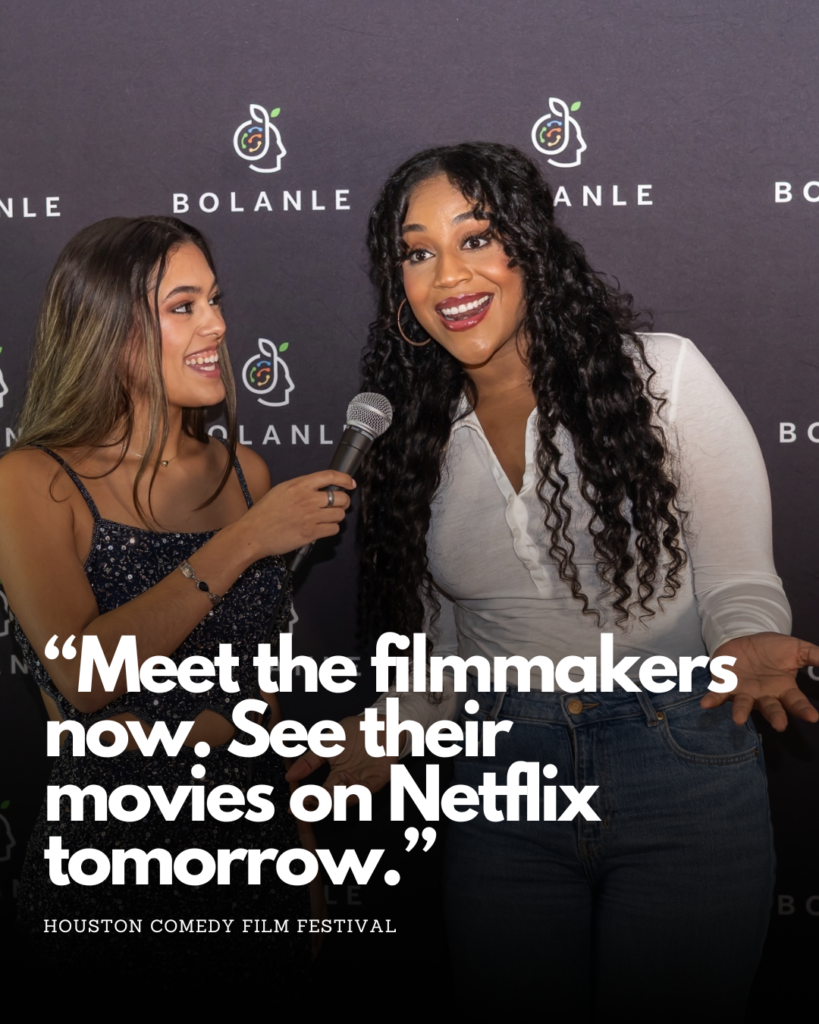Film Industry
California’s $750 Million Film Tax Credit Overlooks Independent Filmmakers

California, hailed as the global epicenter of filmmaking, has taken a major step to retain its dominant position in the industry by allocating $750 million annually in tax credits for film production. Launched July 1 under the California Film Commission’s version 4.0 tax credit program, this significant investment underscores the state’s commitment to keep film shoots—and the jobs they generate—within its borders. However, amid the enthusiasm surrounding this new funding, a crucial sector of filmmakers—independent filmmakers with budgets under $1 million—is notably excluded from meaningful support, putting California’s future creative pipeline at risk.

The Tax Credit Divide: Big Budgets Get the Spotlight
The $750 million annual tax credit program primarily serves large-scale productions with towering budgets. Approximately 5% of the credits are reserved for independent films with budgets above $10 million, while another 5% target independent films with budgets below $10 million. However, the program’s minimum budget threshold of $1 million effectively excludes most low-budget independent filmmakers. This group, which includes the vast majority of indie creators, receives no tax credit benefit, making it financially difficult for them to produce in California.
Jeff Deverett, an independent filmmaker and professor at San Diego State University and UCLA Extension, passionately highlights this gap: “Most of the films I make are under $1 million. There is no credit for them. I’m forced to look elsewhere, despite California being the best place in the world to shoot movies.” He calls low-budget indie films the “small business” of the film industry, driving innovation, storytelling diversity, and the nurturing of future industry talent.
Why Low-Budget Indie Films Matter
While big-budget Hollywood blockbusters dominate headlines and box office charts, indie films form the foundational bedrock of the industry’s creative ecosystem. These smaller films are often where emerging filmmakers begin their careers, experimenting with narratives free from studio constraints. Indie films champion diverse storytelling, cultural exploration, and unique perspectives often missing in mainstream cinema.
“These indie films are the breeding ground for storytellers,” Deverett explains. “You’re not born a big-budget filmmaker. You start small, telling the stories that matter to you, and many of these stories are fantastic, even if they lack big production values.” This creative freedom often leads to innovation, new talent discovery, and vital cultural contributions.

The Financial and Logistical Hurdles
Without tax credits, California’s indie filmmakers face steep financial challenges. Neighboring states and countries like New Mexico, Louisiana, Kentucky, Oklahoma, and Canada actively lure filmmakers with attractive incentive packages—some offering up to 35% tax rebates—that stretch budgets further, making it economically prudent to shoot outside California.
Deverett recounts his own experience: “I’ve made nine films—only two in California. I forfeited roughly $170,000 in tax incentives just to be home for my kids during shooting, which cost me significantly. That money for a small filmmaker is huge—it can mean the difference between making another film or not.”
Tax credits also come with administrative complexities. Large studios have entire departments dedicated to managing such details, while indie filmmakers often must navigate a complicated system without dedicated resources, making access and application for credits even more daunting.

High Attrition and Distribution Challenges
The indie film world is rough terrain. An estimated 10,000 feature-length indie films are made yearly in the U.S., but only about 1% break even financially. Reasons include poor production quality for many, lack of access to distribution channels, and almost complete absence of marketing budgets to promote films on crowded streaming platforms dominated by familiar Hollywood titles.
“Making the film is the easiest part. Distributing and marketing it—that’s where the challenge really lies,” Deverett says. Without marketing and distribution know-how or funds, many quality indie films never reach an audience despite their creativity and potential impact.

Legislative Efforts to Bridge the Gap
Recognizing this void, Deverett has championed legislative efforts to create financial incentives tailored for low-budget indie films. California Assembly Bill 1421 proposed a separate $50 million fund over three years to support films under the $1 million budget mark. The bill passed initial committee stages but was ultimately halted in appropriations due to competing state priorities like housing and homelessness, especially in the pandemic’s aftermath.
“This pilot program could fund around 100 films per year while providing paid internship opportunities for film students,” explains Deverett. “It’s a small ask compared to the overall film tax credit expenditure but could keep tens of thousands of filmmakers in California.”

The Heartbeat of California Filmmaking
Despite the hurdles, California, especially places like San Diego, retains unmatched natural environments, infrastructure, and talent pools for filmmaking. Deverett is clear: “I love being a Californian. The weather, the lifestyle, everything about it is perfect for filming. The problem is the lack of financial incentives for indie filmmakers.”
As California seeks to maintain its film industry leadership amid fierce national and international competition, it must reckon with the crucial role low-budget independent filmmakers play. Supporting them via inclusive tax incentives bolsters not just economic activity, but the cultural, artistic, and innovative heartbeat of the industry.
Conclusion
California’s $750 million film tax credit program marks a vital investment in the state’s filmmaking future, but its exclusion of low-budget indie productions disregards a critical segment essential for the creative and economic sustainability of the industry. Legislative and community efforts to extend financial support to these filmmakers are necessary to preserve California’s role as a nurturing ground for storytellers and innovators.
Film Industry
Disney Brings Beloved Characters to ChatGPT After $1 Billion OpenAI Deal

Disney is deepening its push into artificial intelligence with a $1 billion investment in OpenAI, the company behind ChatGPT, in a far-reaching deal that will also license Disney’s iconic characters for use within OpenAI’s new conversational AI platform, Sora.

The agreement positions Disney at the forefront of the entertainment industry’s growing intersection with generative AI, blending the company’s extensive character library with OpenAI’s advanced technology. Under the terms of the partnership, OpenAI will deploy select Disney intellectual property — spanning its animation classics, Pixar, Marvel, and Lucasfilm — across AI-driven storytelling and interactive experiences within ChatGPT Sora.
Sources familiar with the rollout say users will be able to engage directly with Disney characters through immersive dialogues powered by Sora, with potential extensions into digital parks, virtual assistants, and cross-platform storytelling initiatives.
A limited launch is expected to debut in 2026 as Disney explores new ways to integrate AI into consumer experiences.
“This collaboration continues Disney’s legacy of innovation, combining our storytelling heritage with cutting-edge technology to reach audiences in remarkable new ways,” said Disney CEO Bob Iger in a statement.
For OpenAI, Disney’s backing represents both a financial boost and a creative endorsement from one of the world’s most influential content companies. The partnership could accelerate mainstream adoption of AI entertainment tools while positioning ChatGPT Sora as a leader in branded and interactive media spaces.

The investment also signals an industry-wide shift as studios seek to capture value in AI-driven content creation, distribution, and personalization. With Disney’s move, legacy media joins a growing list of entertainment heavyweights aligning with AI firms to future-proof storytelling — marking what could be a pivotal step in Hollywood’s technological reinvention.
Film Industry
Netflix Got Outbid: Paramount Drops a $108 Billion Cash Bomb on Warner Bros.

Paramount has stunned Hollywood with a hostile, all‑cash offer to buy Warner Bros. Discovery outright for about 108.4 billion dollars, topping Netflix’s already splashy takeover agreement. The proposal, disclosed in SEC filings and a tender‑offer announcement, would pay 30 dollars per share in cash, roughly a 139% premium to where Warner Bros. Discovery traded before sale talks heated up and several dollars per share higher than Netflix’s mixed cash‑and‑stock offer.
How Paramount’s Bid Beats Netflix’s
Netflix’s deal focuses on acquiring the core Warner assets—Warner Bros. studio, HBO and the Max streaming service—for a valuation in the low‑80‑billion‑dollar range, compensated partly in Netflix stock. Paramount Skydance, by contrast, is offering all cash for the entire company, valuing Warner Bros. Discovery—including its cable brands like CNN and Discovery—at about 108–109 billion dollars. CEO David Ellison is pitching the bid as “superior” because it gives shareholders a higher headline price, avoids stock‑price risk and comes with committed financing lines from banks and investment partners.

The Regulatory Chess Match
Both deals would face intense antitrust scrutiny, but the risk profiles differ. A Netflix–Warner tie‑up would marry the world’s largest subscription streamer with one of its biggest rivals, a combination analysts say could draw especially tough questions from U.S. and EU regulators about market dominance in streaming. Paramount is arguing that merging two diversified legacy media groups—Paramount Global and Warner Bros. Discovery—creates a stronger competitor to Netflix, Disney and Amazon rather than a streaming near‑monopoly, and therefore should be easier to clear.
What a Paramount–Warner Giant Would Look Like
If Paramount wins, it would control a vast portfolio: Warner Bros. and Paramount Pictures, HBO and Max alongside Paramount+, DC and Harry Potter next to Mission: Impossible and Top Gun, plus global news and lifestyle networks from CNN to Discovery. In pitch materials, Paramount has pledged to keep a robust theatrical pipeline of 30+ films per year from the combined studios while using the enlarged library and sports rights to turbo‑charge streaming growth.

What Happens Next
Warner Bros. Discovery’s board, which has already endorsed Netflix’s agreement, must now evaluate whether Paramount’s richer all‑cash offer is worth triggering a sizeable breakup fee and resetting the regulatory process. Shareholders will ultimately decide between a higher but potentially more complex studio‑merger path and a slightly lower, tech‑powered streaming combo with Netflix. Whatever the outcome, Paramount’s 108‑billion‑dollar cash swing has turned an already historic sale into one of the most dramatic bidding wars Hollywood has ever seen.
Entertainment
This ‘Too Small’ Christmas Movie Turned an $18M Gamble Into a Half‑Billion Classic

Studios almost left this Christmas staple on the cutting‑room floor. Executives initially saw it as a “small” seasonal comedy with limited box‑office upside, and internal budget fights kept the project hovering in limbo around an $18 million price tag.

The fear was simple: why spend real money on a kid‑driven holiday film that would vanish from theaters by January?
That cautious logic aged terribly. Once released, the movie exploded past expectations, pulling in roughly $475–$500 million worldwide and camping at the top of the box office for weeks.
That’s a return of more than 25 times its production budget, putting it among the most profitable holiday releases in modern studio history.
What some decision‑makers viewed as disposable seasonal content quietly became a financial engine that still prints money through re‑runs, streaming, and merchandising every December.
The story behind the numbers is part of why fans feel so attached to it. This was not a four‑quadrant superhero bet with guaranteed franchise upside; it was a character‑driven family comedy built on specific jokes, one child star, and a very particular vision of Christmas chaos. The fact that it nearly got shelved—and then turned into a half‑billion global phenomenon—makes every rewatch feel like a win against studio risk‑aversion.
When you press play each year, you are not just revisiting nostalgia; you are revisiting the rare moment when a “small” movie out‑performed the system that almost killed it.

 Entertainment4 weeks ago
Entertainment4 weeks agoWicked Sequel Disappoints Fans: Audience Verdict on For Good

 Entertainment4 weeks ago
Entertainment4 weeks agoAriana & Cynthia Say They’re in a ‘Non‑Demi Curious, Semi‑Binary’ Relationship… WTF Does That Even Mean?

 News4 weeks ago
News4 weeks agoMexico Bans Dophin Shows Nationwide

 Entertainment3 weeks ago
Entertainment3 weeks agoColombia’s ‘Doll’ Arrest: Police Say a 23-Year-Old Orchestrated Hits, Including Her Ex’s Murder

 Entertainment4 weeks ago
Entertainment4 weeks agoHow The Grinch Became The Richest Christmas Movie Ever

 Entertainment4 weeks ago
Entertainment4 weeks agoMiley Cyrus Is Engaged to Maxx Morando

 News4 weeks ago
News4 weeks agoUS May Completely Cut Income Tax Due to Tariff Revenue

 Business3 weeks ago
Business3 weeks agoLuana Lopes Lara: How a 29‑Year‑Old Became the Youngest Self‑Made Woman Billionaire








































